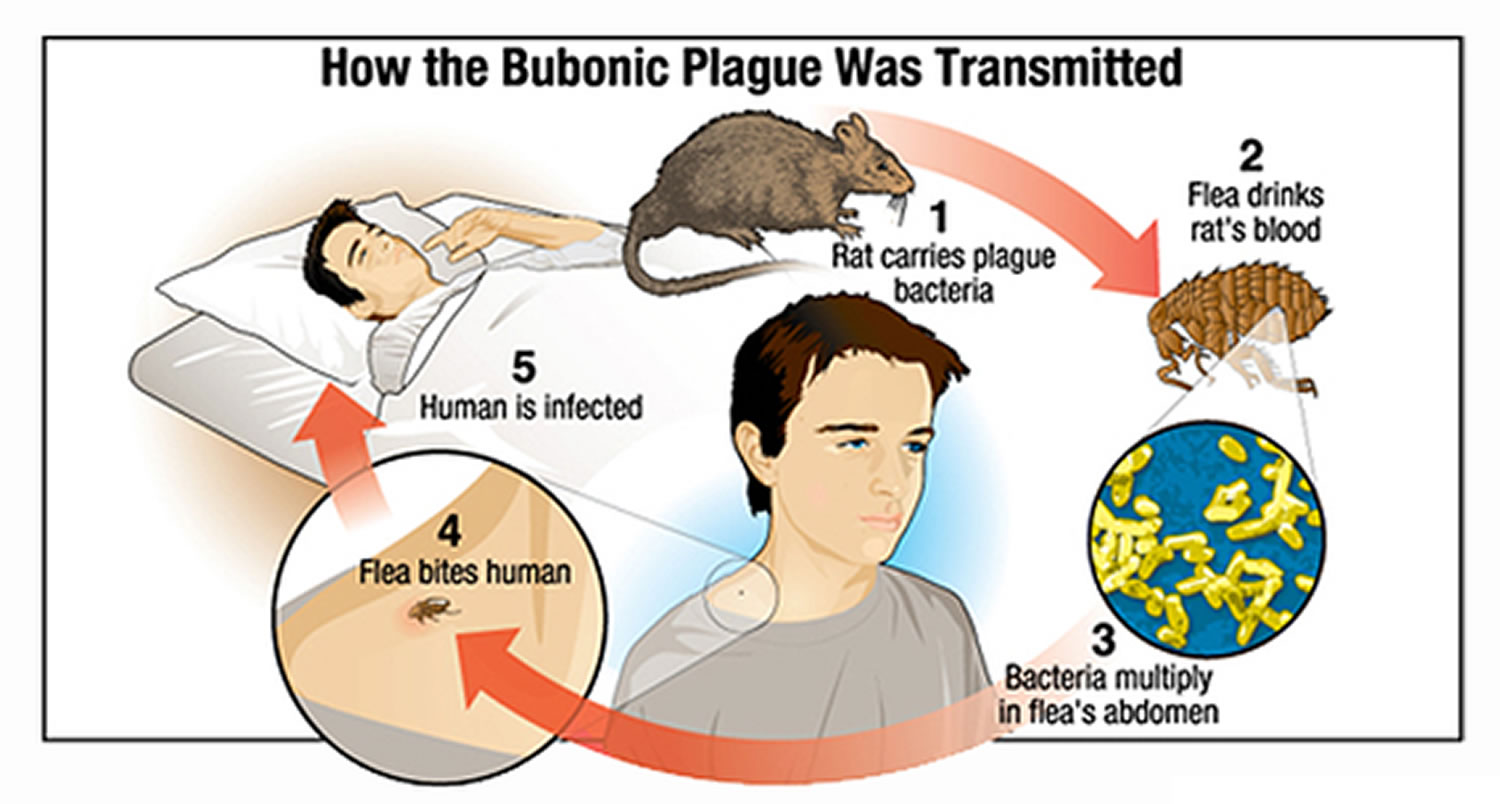Factors Affecting Treatment Outcomes: Is The Bubonic Plague Treatable

Is the bubonic plague treatable – The effectiveness of bubonic plague treatment depends on several factors, including the severity of the infection, the patient’s overall health, and the availability of healthcare resources.
Severity of Infection
The severity of the infection is a major determinant of treatment outcomes. Patients with mild to moderate infections typically respond well to antibiotics, while those with severe infections may require more aggressive treatment, including hospitalization and intensive care.
Patient’s Overall Health
The patient’s overall health can also affect treatment outcomes. Patients with weakened immune systems or underlying health conditions are more likely to develop complications and have poorer outcomes.
Availability of Healthcare Resources
The availability of healthcare resources is another important factor affecting treatment outcomes. In remote or resource-limited areas, patients may have difficulty accessing timely and appropriate medical care, which can lead to delayed diagnosis and treatment and worse outcomes.
Examples of Successful and Unsuccessful Treatment Outcomes
Successful treatment outcomes are often seen in patients who receive early diagnosis and treatment. In contrast, unsuccessful outcomes may occur in patients with severe infections, weakened immune systems, or limited access to healthcare resources.
Historical and Cultural Perspectives on Treatment

The bubonic plague has been a scourge upon humanity for centuries, leaving an indelible mark on history and shaping the development of medical treatments. Throughout the ages, various remedies and approaches have been employed to combat this deadly disease, influenced by prevailing medical knowledge, cultural beliefs, and societal factors.
Ancient Remedies and Beliefs
In ancient times, the bubonic plague was often attributed to supernatural causes or divine punishment. Treatments were largely based on traditional beliefs and folk remedies, including bloodletting, herbal concoctions, and religious rituals. The efficacy of these treatments was questionable, and the mortality rate remained high.
Medieval and Renaissance Approaches, Is the bubonic plague treatable
During the Middle Ages and Renaissance, the bubonic plague ravaged Europe, killing millions. Physicians began to adopt more scientific approaches, drawing inspiration from ancient Greek and Arabic medical texts. However, treatments were still limited and often ineffective, including purging, cauterization, and the use of mercury.
Modern Advancements and Antibiotics
The advent of modern medicine brought significant advancements in the treatment of the bubonic plague. In the late 19th century, the discovery of the bacterium responsible for the disease, Yersinia pestis, paved the way for the development of antibiotics. Streptomycin, the first effective antibiotic against the plague, was introduced in the 1940s, followed by tetracycline and doxycycline.
Cultural and Social Factors
Cultural and social factors have played a significant role in shaping the acceptance and adoption of different treatments for the bubonic plague. In some cultures, traditional remedies and beliefs persisted despite the availability of modern antibiotics. Fear, superstition, and distrust of Western medicine influenced the uptake of new treatments, leading to delays in diagnosis and treatment.
Historical Experiences and Current Approaches
Historical experiences with the bubonic plague have profoundly influenced current approaches to treatment and prevention. The devastating impact of the disease has led to a heightened awareness of its potential threat and the importance of early detection and prompt treatment. Advances in public health measures, such as improved sanitation, quarantine, and vector control, have also contributed to reducing the incidence and spread of the bubonic plague.
The bubonic plague, a deadly disease that ravaged Europe in the Middle Ages, is now treatable with antibiotics. This medical breakthrough has significantly reduced the mortality rate of the disease. As we delve into the intricacies of the bubonic plague’s treatment, it’s worth noting that the upcoming Tigres UANL vs Necaxa match promises to be an equally captivating spectacle.
Returning to our topic, the bubonic plague remains a treatable disease, a testament to the advancements made in modern medicine.
Although the bubonic plague is a deadly disease, it is treatable with antibiotics if caught early. However, if left untreated, it can be fatal. The Cincinnati vs D.C. United match was a close one, with both teams having chances to win.
In the end, Cincinnati won 2-1, but D.C. United played well and could have easily won the game. The bubonic plague is a serious disease, but it is treatable if caught early.